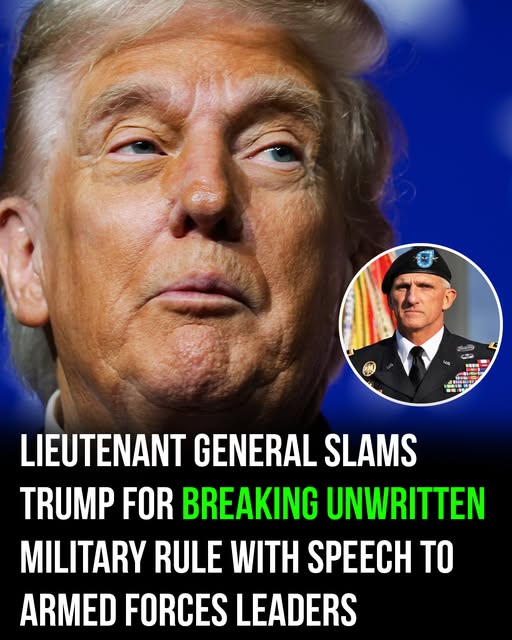The recent convening of hundreds of senior U.S. military leaders at Quantico represents a significant event with layered implications for defense policy and military norms. The abrupt nature of the summons, combined with the inclusion of a former president as a speaker, immediately generated speculation about shifts in national security strategy and personnel policy. The assembly placed a temporary strain on global command structures by recalling key figures from their posts simultaneously.
The substantive focus of the meeting, as delivered by Secretary of War Pete Hegseth, centered on foundational military tenets: unit readiness, institutional discipline, and physical fitness standards. The Secretary’s critique of certain legacy programs and his advocacy for a return to “core values” resonated with some factions within the command structure. However, the delivery and context raised procedural concerns among observers. The tone was perceived by some as more political than is customary for internal military briefings, blurring the line between policy direction and public messaging.
From a strategic risk perspective, the decision to congregate a critical mass of leadership presented a tangible, if brief, vulnerability. Security analysts noted that such a concentration is atypical and runs counter to standard dispersal protocols designed to ensure continuity of command. In the subsequent analysis, voices like retired Lt. Gen. Mark Hertling have provided crucial context. He clarified that while the military’s duty is to execute lawful orders, the culture of military leadership is built on trust and specific communication practices—notably, providing critical feedback in private. The event has thus initiated a period of professional recalibration, where commanders must now translate the broad directives into actionable policy while upholding the apolitical traditions and constitutional grounding of the U.S. military.


